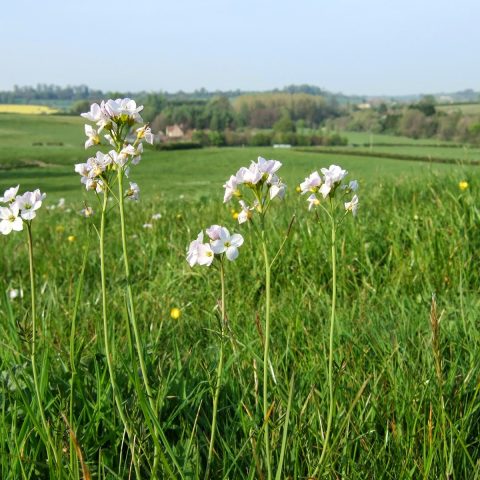Department for Agriculture, Environment and Rural Affairs' story
Launched in March 2020, Forests for our Future is a Department for Agriculture, Environment and Rural Affairs (DAERA) programme with the objective to plant 18 million trees by 2030 which will create 9,000 hectares of new woodland, to benefit the environment and the economy. It provides a grant scheme to encourage landowners to plant their own woodland. To date, the Department has committed £6.4 million of grant aid to support 115 landowners to plant all types of woodland, including new native, other broadleaf and predominantly coniferous woodland. Since 'Forests for Our Future' launched in 2020, landowners have planted 1,300 hectares of new woodland across Northern Ireland under forestry grant schemes support.
The environmental importance of creating new woodland is that it will contribute to a healthy ecosystem, improve the landscape, increase biodiversity, protects soils and improve water quality. Most importantly, the new woodlands mitigate climate change by removing carbon from the atmosphere. In addition, the forestry sector at present generates about £60 million per annum from timber production activity, sustaining approximately 1,000 rural jobs, thus contributing to the economy. The new woodlands can also provide space for those who wish to improve their health and well-being through their enjoyment of this quality, natural resource.
Martyn Todd, from Todd's Farm in Boardmills, took advantage of a similar DAERA grant 30 years ago and planted six acres of mainly oak trees and has had a further 10 acres planted this year. Martyn feels that converting some of his land to woodland has contributed to the increase in wildlife, biodiversity and cleaning the air we breathe. The woodland at the Todd's Farm has also had some pleasant surprises attracting wildlife such as deer, squirrel and sparrow hawk. Martyn found the scheme to be profitable due to the grants from DAERA and is content that he will be leaving behind something beautiful. Martyn states "The best time to plant a tree is 20 years ago, the second best time is today."
Useful learnings from the Department for Agriculture, Environment and Rural Affairs
Projects planting new trees should ensure the right tree is planted in the right place. There should be a mix of native broadleaf trees in an area. This mixed planting has a number of benefits, as it can prevent the spread of diseases that may impact the trees, and have further benefits for wildlife.
Planting of trees in the wrong location can also have detrimental effects, e.g. planting on peat bogs can release more carbon than the tree can take in.
Creation of new woodland, in the right place with the right trees, will create many benefits beyond carbon sequestration.
Department for Agriculture, Environment and Rural Affairs' metrics
Number of trees planted (1.75 million).
Amount of money generated from timber production activity per year (£60 million).
Number of rural jobs sustained (over 1,000).





